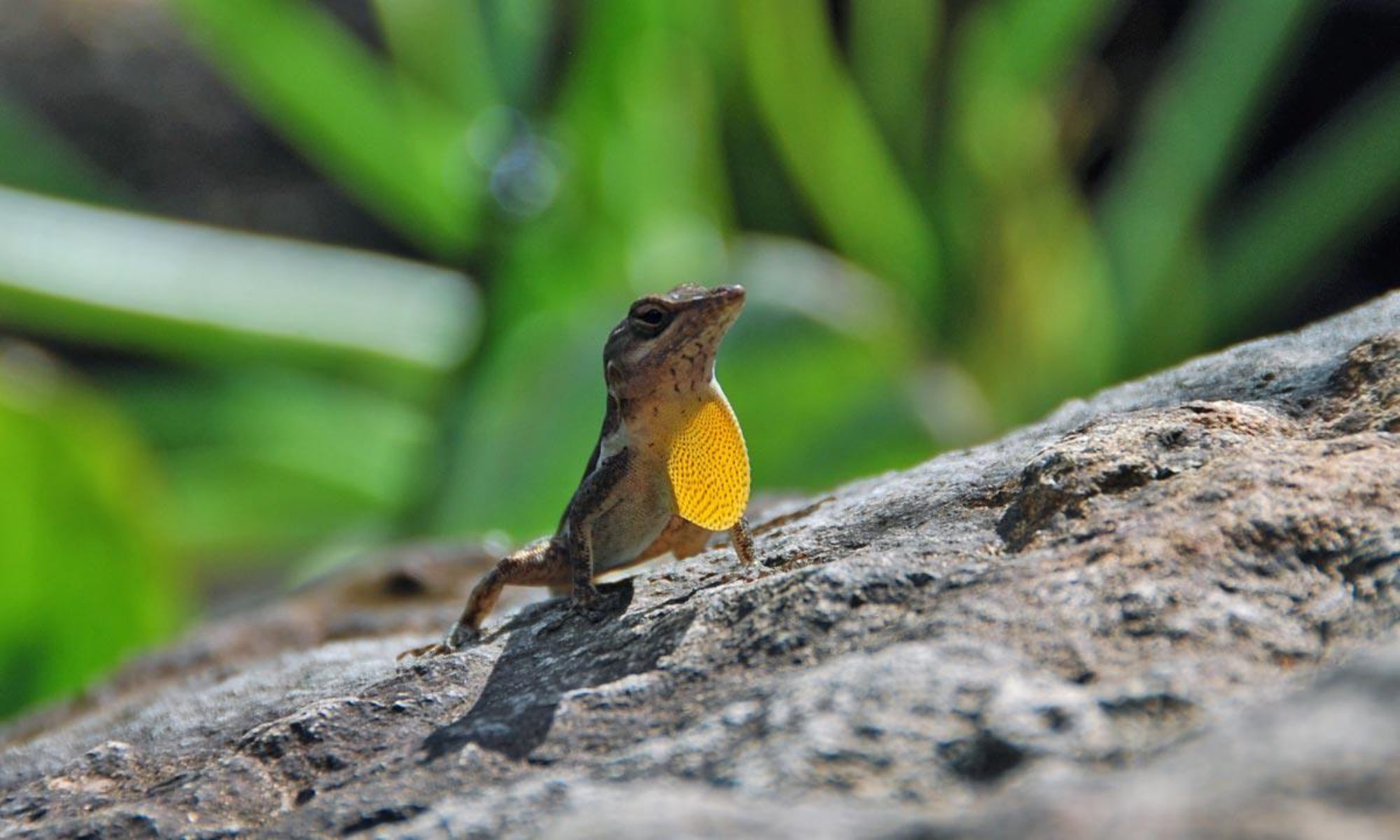
One of the hardest parts of growing cucumbers and zucchini in the Caribbean is dealing with caterpillars which eat the leaves of plants in the cucurbit family (Cucurbitaceae, including zucchini, cucumber, pumpkin, and melons). These cucumber and zucchini worms can go from nearly invisible to over an inch within a week, eating up a whole plant in days! Early intervention is key!
One of the first signs of a caterpillar invasion are little black specks around the growth tips of the vine. These specks are worm frass, better known as poop. At this stage, before flowers come, early treatment can make all the difference.

I have three treatments which I like to use at various times.
1) Manual Removal
The first is manual control – squishing or removing the worms as soon as they are spotted. This is easier when the damage is near the outer edges of a mature leaf. However, when the damage is near the base of the leaf, it is hard to reach the tiny caterpillars around the spiny stems. A cotton bud can help get into the nooks and crannies, as can gloves!
A second method of manual control is removing leaves with signs of damage. This is a good practice for many garden plants and their pests!
2) Spinosad
Spinosad is based on a chemical from a naturally occurring soil bacterium originally discovered in the Caribbean. It is a relatively broad spectrum insecticide, which means it can hurt the good bugs as well as the bad bugs.
With that in mind, I prefer to use spinosad on new growth tips before flowers emerge, or as a spot treatment when only a few leaves are affected. The product is reasonably safe for pollinators once it is thoroughly dry, so don’t spray when bees are active, near flowers, or near plants which attract pollinators. (Its toxicity to pollinators is studied here.)
3) Bt – Bacillus thuringiensis var. kurstaki
Bt is another naturally occurring bacterium, but unlike spinosad, Bt targets a narrow range of species. Bacillus thuringiensis var. israelensis (Bti) targets mosquito larva, and Bacillus thuringiensis var. kurstaki (Btk) targets caterpillars and certain leaf eating worms. Bt is not supposed to have an effect on bees (more info here), but it is always best to follow bee-safer practices no matter what you are spraying. Without bees, we have no squash!
In my experience, Bt takes a little longer to work compared to spinosad, and it smells like fish emulsion. However, it works well, and is my preferred choice with a larger area needs treatment.
Cucumber Update!
On a more positive note, the cucumbers planted less than 6 weeks ago are well on their way to the first harvest. The variety is Suyo Long and it is thriving in St Maarten’s climate.

Disclaimer: This website contains affiliate links. We may be compensated (at no cost to you) should you decide to buy online using one of our links. If you like what we write and wish to support us, please do click through to Amazon. Your support helps us try out and review products or ideas not yet available in SXM.
Bt is generally available at Greenfingers NV





